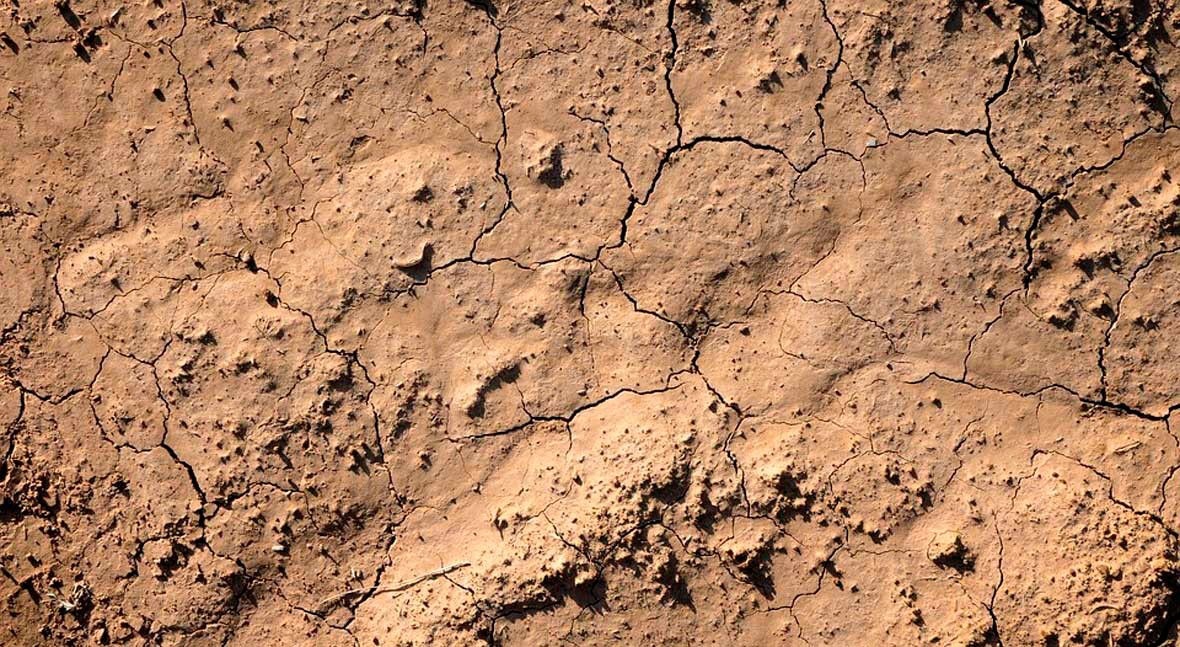Even though the World Day to Combat Desertification and Drought (#2019WDCD) is celebrated every year on June 17th to raise awareness about international initiatives to combat these phenomena, 2019 is not just another year. This year we also celebrate de 25th anniversary of the adoption of the United Nations Convention to Combat Desertification (UNCCD) and therefore, the world day, which focuses on the future with the theme 'Let's grow the future together'.

Let's grow the future together: 25+25 years of progress
This year's campaign, organised by Turkey, runs under the slogan 'Let's grow the future together', to highlight global progress on sustainable land management and the achievements in the battle against desertification and drought in the world.

Illustration that celebrates the 25th Anniversary of the World Day to Combat Desertification and Drought (UNCCD).
Since it was adopted in 1994, the UNCCD has contributed to advancing sustainable land management. Nowadays, its 197 parties implement de convention, with coordinated, results-oriented actions with clear objectives, to recover and restore degraded land. The final goal is to protect our land against overuse and drought, in such a way that it can continue to provide food, water and energy for all.
And although there is clear evidence of recovery and restoration of degraded landscapes through sustainable land use management practices in these past years — such as, for example, the more than five million hectares of degraded land area in the Sahel region that have been restored through a practice known as 'natural regeneration managed by farmers' — there is still a lot to be done.
Current pressures on land are huge and they are expected to keep on growing. More than 170 countries continue to be affected by desertification, land degradation and drought. Recurring and increasing threats of forest fires, heat waves, massive migration, sudden floods, rising sea levels, and food and water insecurity are more evident.
Although there is clear evidence of recovery and restoration of degraded landscapes through sustainable land use management practices, there is still a lot to be done
Looking to the future, 2030 will be an important milestone to achieve land degradation neutrality through the Sustainable Development Goals. Specifically, SDG 15 on life on land mentions desertification in its third point: 'By 2030, combat desertification, restore degraded land and soil, including land affected by desertification, drought and floods, and strive to achieve a land degradation-neutral world'.
As the international agreement on sustainable land management, we have to make progress to achieve land degradation neutrality by 2030, and envision a world after that date, where this neutrality ensures a proper environment for people, communities and countries to create wealth, grow economically and guarantee enough food, clean water and energy.
On this Day to Combat Desertification and Drought, the UN imagines a utopian future where progress against land degradation helps to stop it and reduce global poverty, improve food and water security, and move forward with regard to climate change mitigation and adaptation. With this, we pretend to look at the next 25 year horizon, a time when we hope to stop land degradation in the entire planet. Are we ready for that?
The challenges in the battle against desertification and drought
When we refer to desertification and drought, we talk about a complex environmental threat with a strong impact on socio-economics, causing more deaths and human displacements than any other natural disaster.
- By 2025, 1.8 billion people will experience absolute water scarcity. Also, two thirds of the world will be living under water-stressed conditions.
- By 2045, some 135 million people across the world may be displaced as a result of desertification.
- 2.6 billion people depend directly on agriculture, but 52 per cent of the land used for agriculture is moderately or severely affected by soil degradation.
- Arable land loss is estimated at 30 to 35 times the historical rate.
- Due to drought and desertification, 12 million hectares are lost each year (23 hectares per minute). Within one year, 20 million tonnes of grain could have been grown.
- 74 per cent of the poor are directly affected by land degradation globally.
- Currently, 13 million hectares of forests are being lost every year, while the persistent degradation of drylands has led to the desertification of 3.6 billion hectares.
The strong pressures of desertification and drought mean the problem needs to be addressed from different perspectives:
- Gender: Women are powerful agents of change, but without secure land rights, they have no guarantees, opportunities or incentives to invest in their lands. If women had the same access to credit, technology, capacity building and inputs than men, they could increase production in their farms between 20 and 30%, lifting 150 million people out of poverty.
- Water: We already have the technical knowledge necessary to manage global water supplies efficiently. Now we need to lower the demand, increase efficiency, restore landscapes and design sustainable cities to protect natural resources for future generations.
- Health: Sustainable land management benefits people, communities and countries all over the world. The commitment to ensure that land users have what they need to manage land appropriately is an investment in the future, something that benefits everyone.
- Innovation: Satellite communications and space technology are increasingly more important for global challenges, and the benefits are common to all development sectors. An example is the new GEO LDN initiative, that brings together Earth Observation data providers and governments to develop the standards and tools needed to strengthen land degradation monitoring and reporting.
- Climate: As the world is becoming more sensitive to the effects of a changing climate, land degradation neutrality leads the way to true land-based sustainable development.
- Biodiversity: With sustainable land management, we can restore more than 2 billion hectares of degraded land and improve the livelihoods of 1.3 billion people.
The World Day to Combat Desertification and Drought provides a unique opportunity to remember that we can achieve land degradation neutrality if we search for solutions, with strong community participation and cooperation at all levels. What do we envisage in a world where land degradation neutrality provides a solid basis for poverty reduction, food and water security, as well as climate change mitigation and adaptation?








